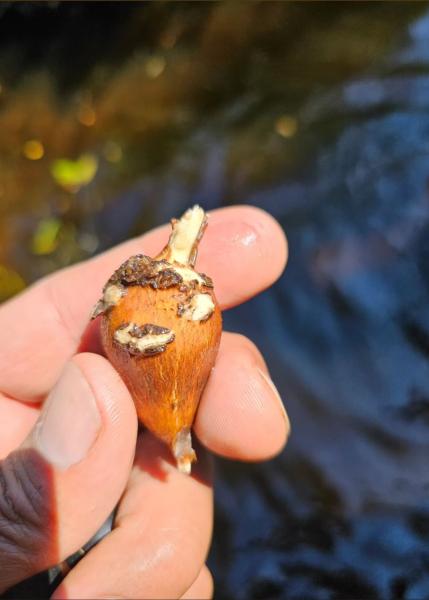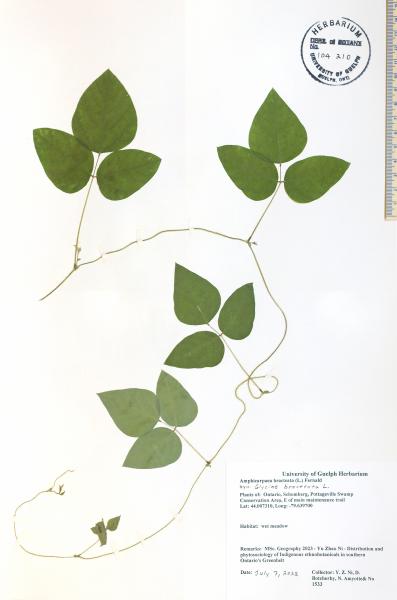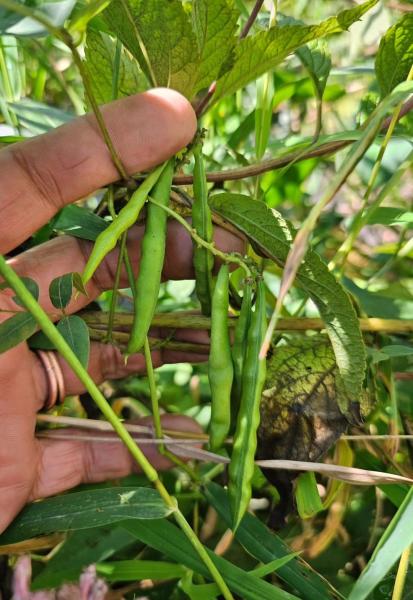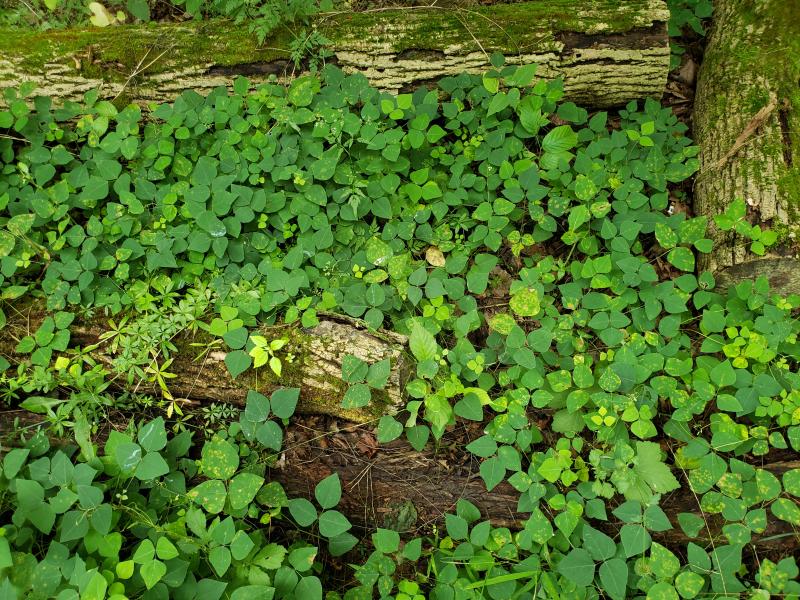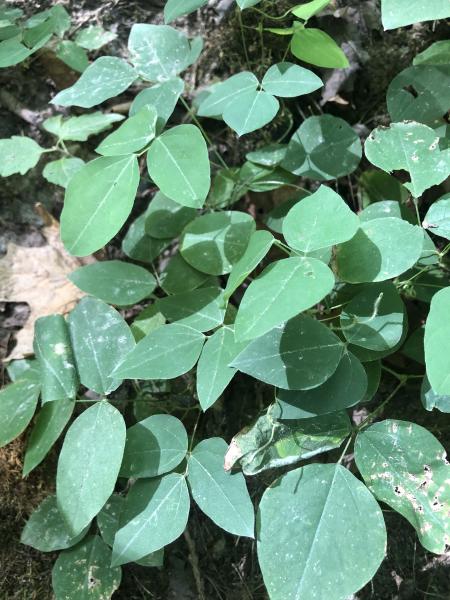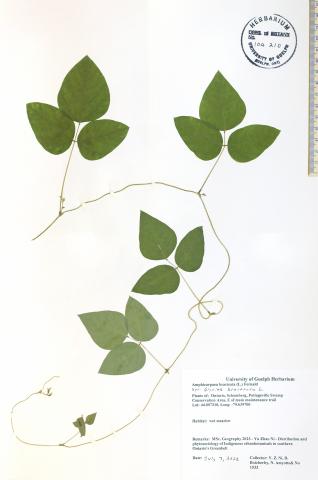
Names and Their Meanings
Hopniss - Apios americana Medik.
Hog Peanut - Amphicarpaea bracteata
Hopniss
Description
We have included these together, because these two roots can be confused for one-another as food sources. The groundnut or hopniss is an abundant and widely-used tuber food by Haudenosaunee and Anishinaabe, as well as Indigenous peoples throughout its native range, which is from Gaspesie to Florida, and west past the Great Lakes. Hog-peanut is also a food source, albeit much smaller in size and less-often used in food. The Kanyen'kéha names reveal this distinction: the hopniss is like a potato, while the hog-peanut is like a peanut!
Conservation Status
Conservation status for both species, in Ontario and New York S5 (Secure), and Québec S4 (Apparently Secure)
Hog Peanut
Conservation Status
Conservation status, both species, in Ontario and New York S5 (Secure), and Québec S4 (Apparently Secure)
